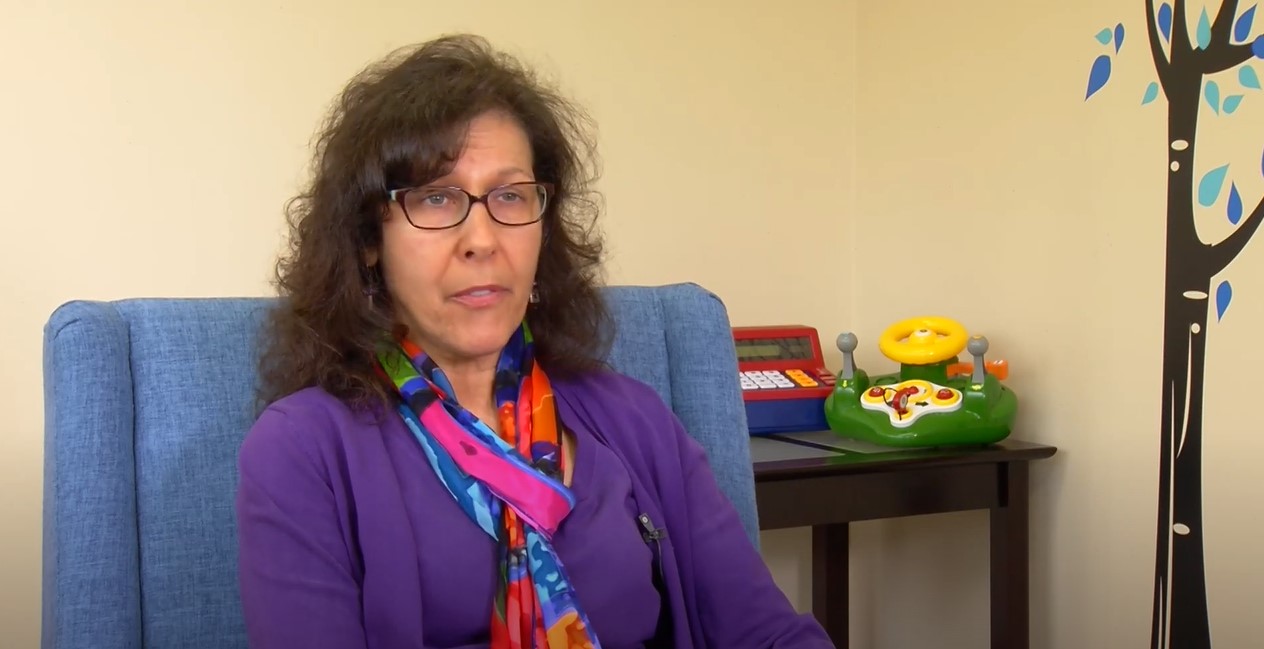WEST HARTFORD, Conn. (Ivanhoe Newswire)—It’s the phone call that parents hate to get. The school nurse is on the line because your child is in her office—again. But could those frequent headaches and stomach aches be caused not by the latest “bug” that’s going around, but by anxiety? Ivanhoe has more on a program that empowers school nurses to take an active role in identifying and relieving student stress.
With hundreds of elementary school students together in the hallways and on the playground, nobody’s busier than the school nurse.
“Headaches, low grade fever, stomach aches, asthma, injuries,” listed school nurse, Pat DiStefano.
“They used to be ice packs and band-aids, right? Well, not anymore,” said Mary Emerling, School Health Supervisor Middletown Schools.
That’s because among other things, seven percent of all school-aged kids are diagnosed with anxiety. Golda Ginsburg, PhD, a psychologist at the University of Connecticut School of Medicine studies child anxiety disorders. She and her colleagues evaluated an intervention for anxious students ages 5-12 training school nurses to use cognitive behavioral therapy in a program called CALM. The “C” stands for calm down.
“They teach the student relaxation skills to calm the physiological symptoms, the racing heart, the nausea, the headaches,” explained Ginsburg.
A—for actions that reduce anxiety.
“Instead of saying, ‘everyone’s going to laugh, laugh at me. I know I’m going to fail the test for sure. I’m going to get sick and die.’ The nurses will carefully help the student evaluate how realistic is that thought,” continued Ginsburg.
“L” stands for listen to the scary thoughts and change them to coping thoughts and manage future problems. To study CALM, nurses delivered the program to students with anxiety in six 20 to 30-minute sessions. Researchers found even three months after the intervention ended, almost 60 percent of the students in CALM reported lower anxiety and fewer physical symptoms of stress—the same percentage of kids who have lower stress after longer sessions with mental health professionals. The Middletown school district adopted the relaxation parts of CALM.
“We rolled out what we call Chill, which is connected, healthy, and learning. So, we chose the alternative strategies of deep breathing, progressive muscle relaxation, and guided imagery because the cognitive behavioral therapy was much more intimate and would have required parent signoff. But breathing and using your imagination and tensing your muscles we do all the time. We do it naturally,” shared Emerling.
Students practice deep breathing by pretending to blow out the candles on a cake or inflating a balloon.
“We’re giving them coping skills to take with them,” Emerling stated.
Skills that will help students in the classroom and beyond.
Professor Ginsberg says the impact of the pandemic on students’ mental health cannot be underestimated. She says some students with anxiety avoid what they are afraid of, so learning from home allowed them to avoid some school stressors. With most students going back into the classroom starting next month for some, anxiety could be even higher than before.
Contributors to this news report include: Cyndy McGrath, Executive Producer; and Roque Correa, Editor.
Produced by Child Trends News Service in partnership with Ivanhoe Broadcast News and funded by a grant from the Institute of Education Sciences (IES).

